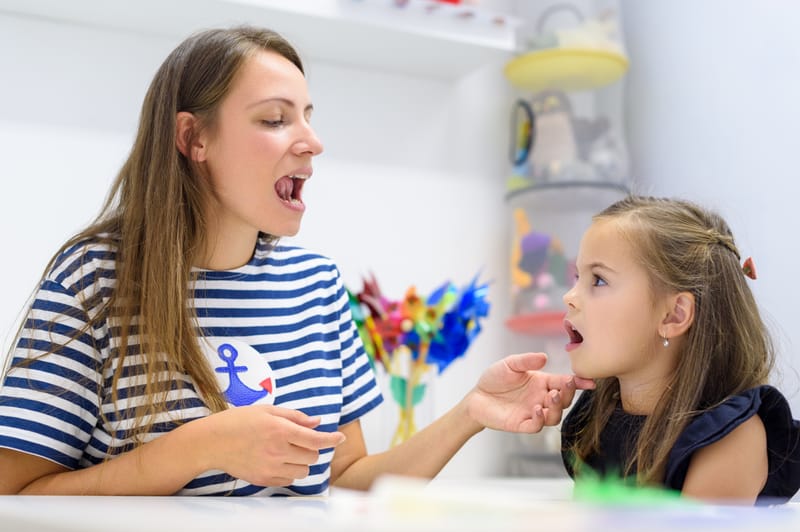Verbal Behavior Therapy

🗣️ Verbal Behavior Therapy
Teaching Language with Purpose, Meaning, and Joy
At Smart Scholars, we use Verbal Behavior Therapy (VBT) to support children in becoming confident, purposeful communicators. Rooted in the principles of Applied Behavior Analysis (ABA) and based on the work of B.F. Skinner, our approach is designed around each child’s individual learning style, strengths, and interests.
Communication should be functional, meaningful, and enjoyable. That’s why our VBT sessions are built around a child-centered, play-based model that encourages active participation and natural engagement. Through play and interaction, children build communication skills in a way that feels motivating and fun.
🔍 What Is Verbal Behavior?
Verbal behavior refers to how language is used to meet needs, express thoughts, and build social connections. It focuses not just on how a child communicates—whether through speech, sign, pictures, or AAC devices—but why they are communicating: the function behind the language.
Unlike traditional speech therapy that may separate receptive and expressive language, Verbal Behavior Therapy analyzes language through four key verbal operants:
Mand – Requesting (e.g., “juice”)
Tact – Labeling (e.g., “dog”)
Intraverbal – Conversing (e.g., “What’s your name?” → “Liam”)
Echoic – Repeating (e.g., “Say ‘book’” → “Book”)
By developing skills across all operants through interactive, play-based routines, children gain a well-rounded and functional communication system.
🎯 Our Goal
Our goal at Smart Scholars is to help every child experience the joy of communication—at their own pace, in their own way.
Using play, natural routines, and child-led activities, we create an environment where communication is meaningful and rewarding. Whether a child is asking for a favorite snack, naming an animal, or participating in a back-and-forth conversation, we are here to support and guide their journey toward expressive and effective communication.
Every step of the way, we prioritize a child-centered approach that values autonomy, curiosity, and joy in learning.


